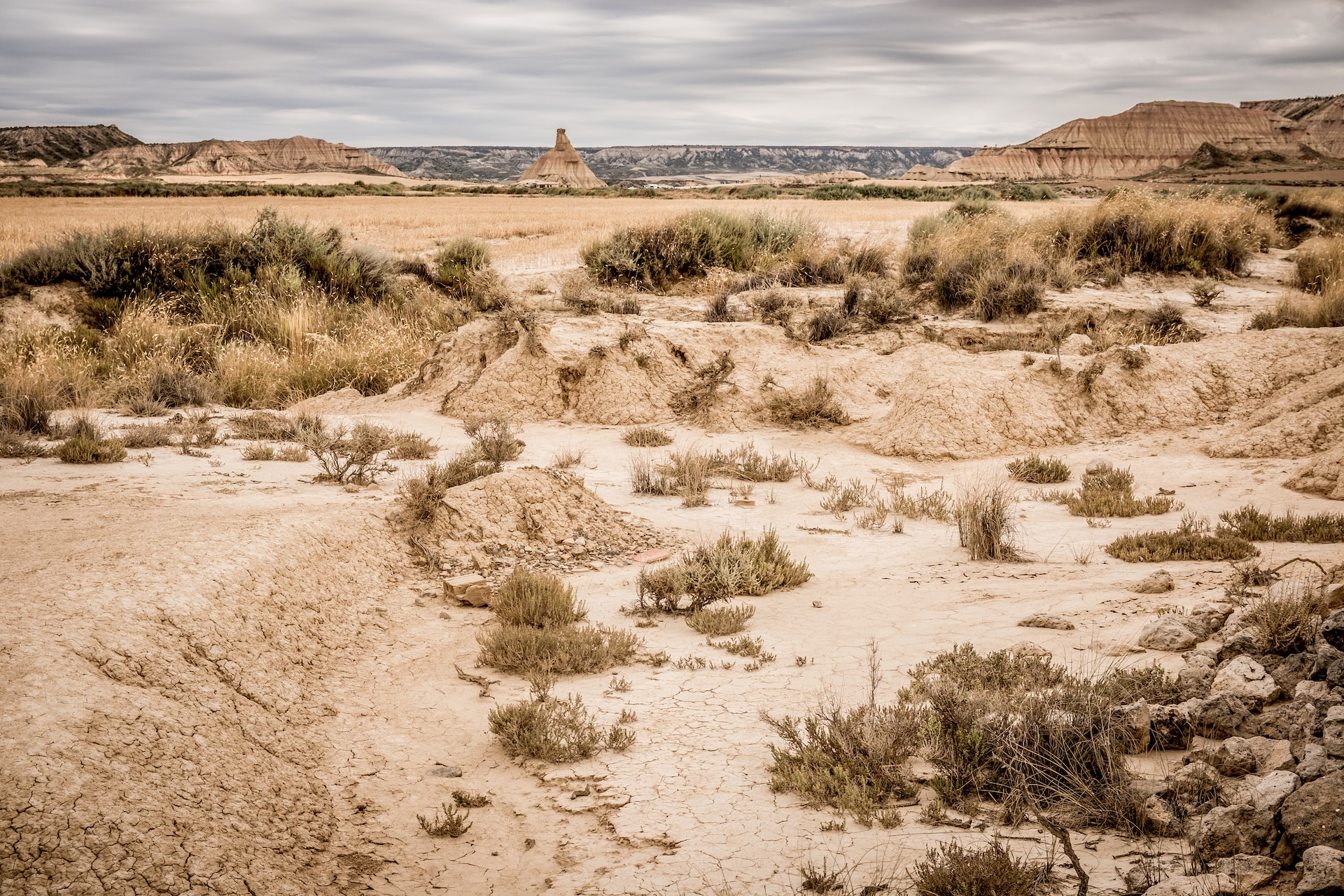The study analyzes the relationship between landscape multi-functionality and social preferences toward Mediterranean landscapes in terms of monetary and non-monetary techniques. Twenty landscape views were selected as representative of the landscape units characterizing Nacimiento and Adra semi-arid watersheds (southeastern Spain).
Face-to-face questionnaires were used to assess social factors that influence willingness to pay for aesthetic landscape enjoyment (use value) and landscape conservation (non-use value). Meanwhile, it was analyzed the capacity of the selected semi-arid ecosystems for supplying services to society. The favorite landscape views mainly contained steeper reliefs, water flows, and traditional human activities. Results suggest a strong positive effect between respondents’ place attachment and the level of support for landscape conservation. Respondents were more willing to pay for the conservation of semi-arid rural landscapes when their sense of belonging was greater.
It was also found that multi-functional landscapes, which provide higher numbers of regulating and cultural services, were also preferred in terms of their visual quality (use value). Additionally, they had more social support for their conservation (non-use value). The conversion of multi-functional landscapes to mono-functional ones disturbs the stability of rural areas, their capacity to provide other ecosystem services, and the social support toward their preservation. To reverse this tendency, two major ideas should be emphasized. The first is the necessity of considering the ecological components and processes behind landscapes, and the second is the role of the local population on rural landscape conservation.

- Pixabay.com
The role of multi-functionality in social preferences toward semi-arid rural landscapes: An ecosystem service approach
Main author
Year
Labels
- ecosystem services valuation
- ecosystem services valuation
- semi-arid ecosystem

